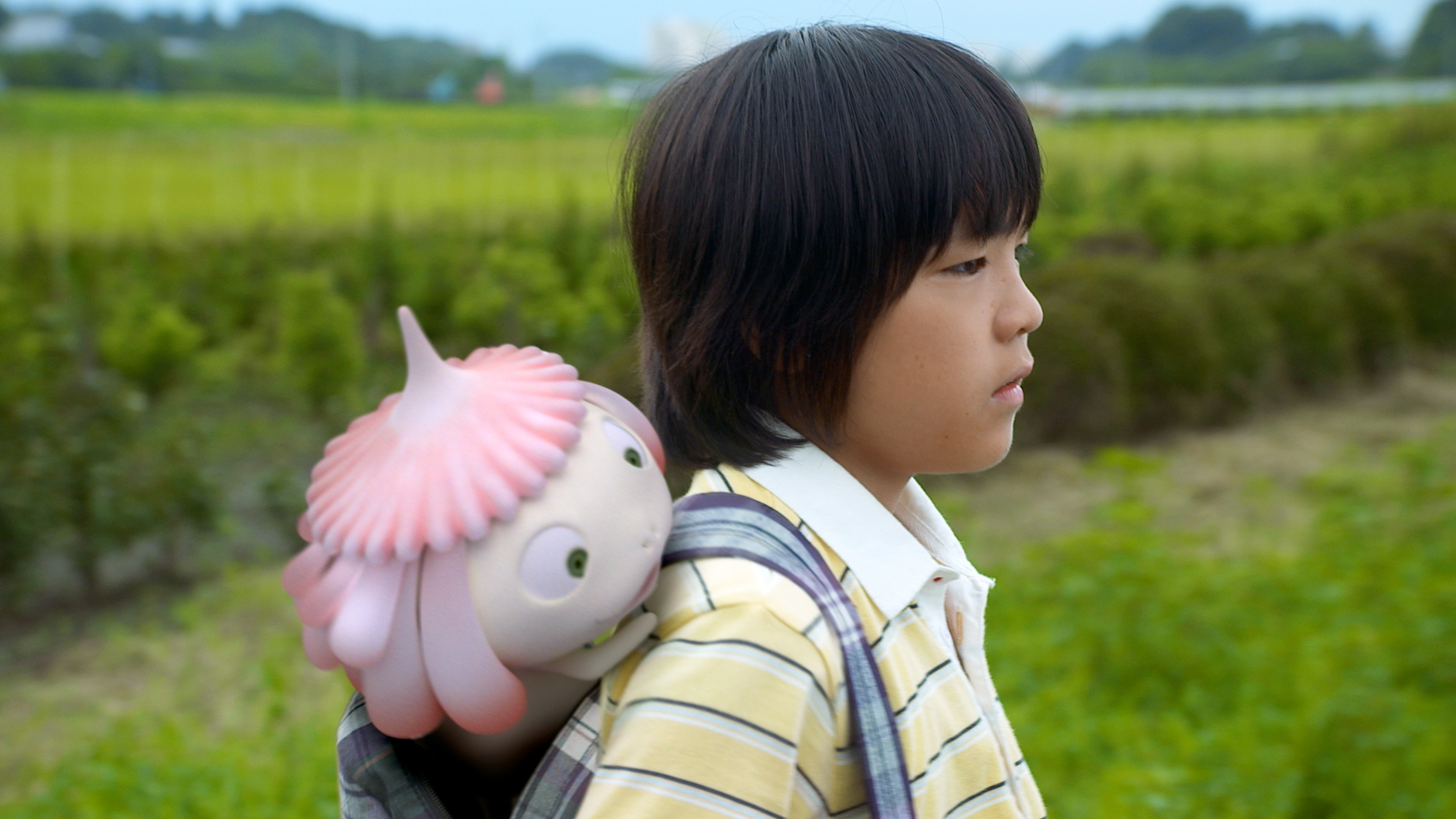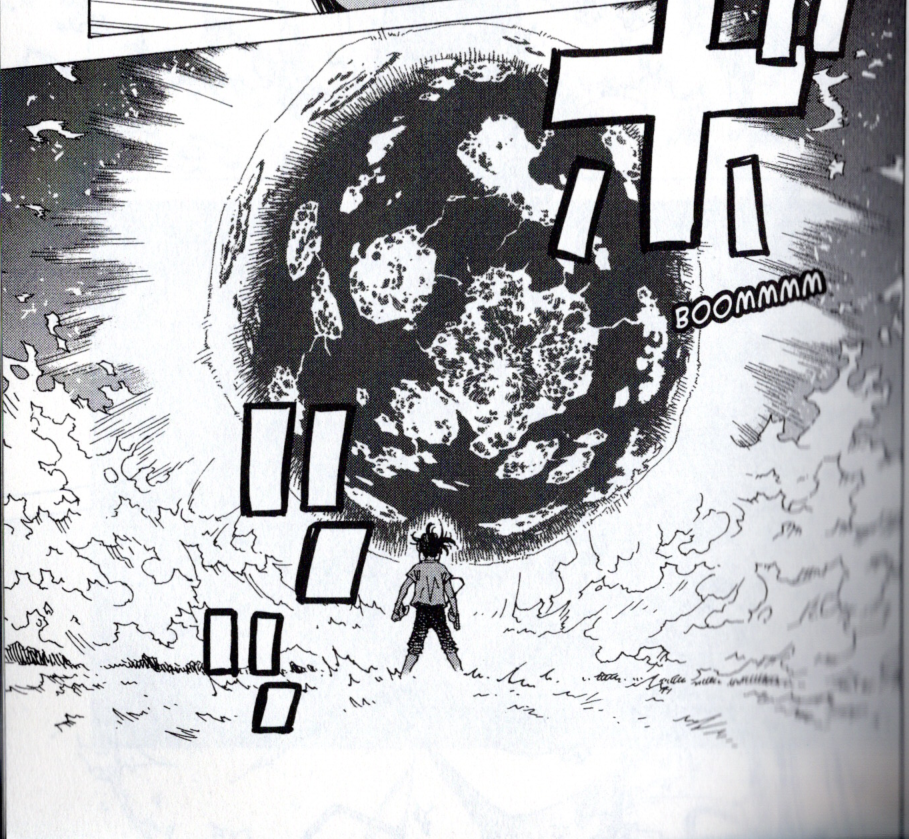
The streaming site of cult movie distributor Arrow Video came to my attention last year, and their selection of genre fare is a curated bunch of weird world cinema from across the ages, so I felt like covering a few creature feature selections currently streaming on there (most of it seems to be available on Blu-Ray as well, for collectors and lovers of special features.) What initially brought me there was their complete collection of Daiei’s various monster series—the entire Gamera saga (including the Heisei trilogy and Gamera the Brave), and both the Daimajin and Yokai Monsters trilogies…basically, a lot of things I’ve written about before on this site. With that in mind, a good place to start this month would be with another Daiei monster mash, which brought me to The Snake Girl and the Silver-Haired Witch, which is sort of that? It’s complicated.
Directed by Noriaki Yuasa, who directed all but one of the Showa Gamera films (this released nine months after Gamera vs. Viras, and three months before Gamera vs. Guiron—Yuasa was clearly a workhorse), this movie is a loose adaptation of multiple comics by horror master Kazuo Umezu, best known for manga like Cat Eyed Boy and The Drifting Classroom. The collected version of the stories is called Reptilia in English, and while many plot elements and even specific moments are taken from them, this is a completely new story. Even so, it carries over some of the horror ideas from Umezu’s work, which were often written for a younger audience, but are filled with truly grotesque imagery (contrasted with Umezu’s sixties manga kewpie doll figures) and cruelly play on specific childhood fears. This is a strange movie that goes in many different directions, but throughout it is the consistent story of a child trying to find familial love by enduring a constant stream of nightmare situations.
Continue reading The Snake Girl and the Silver-Haired Witch (1968)









